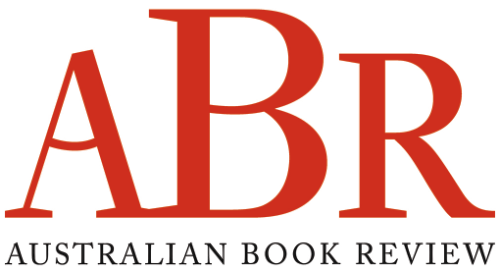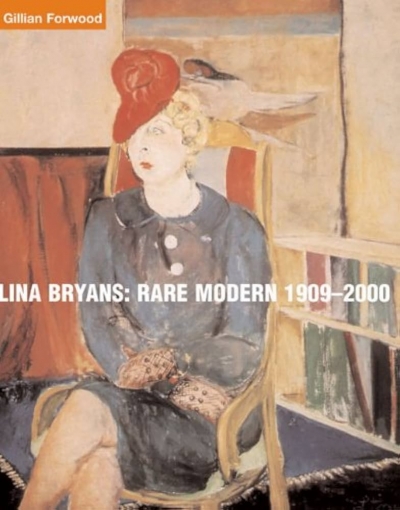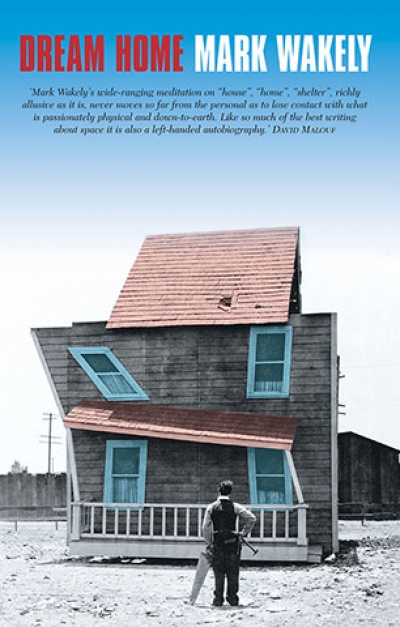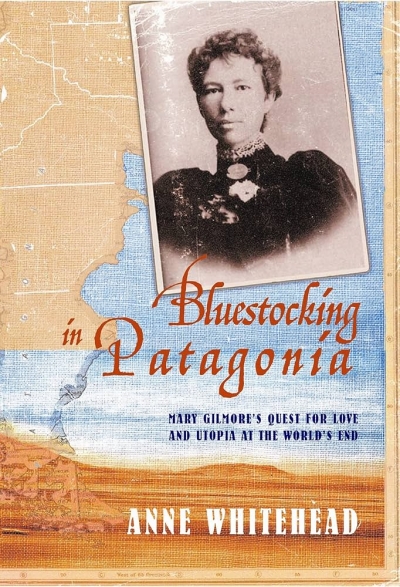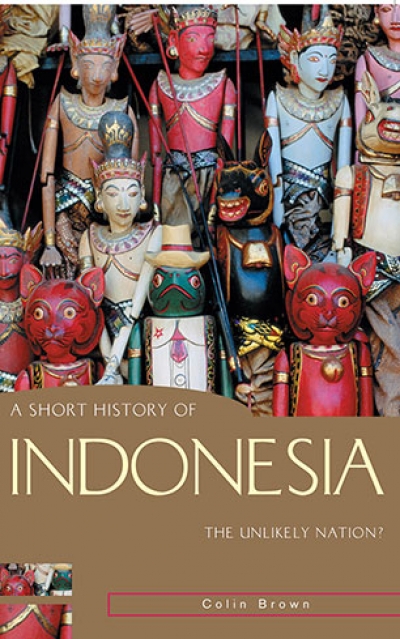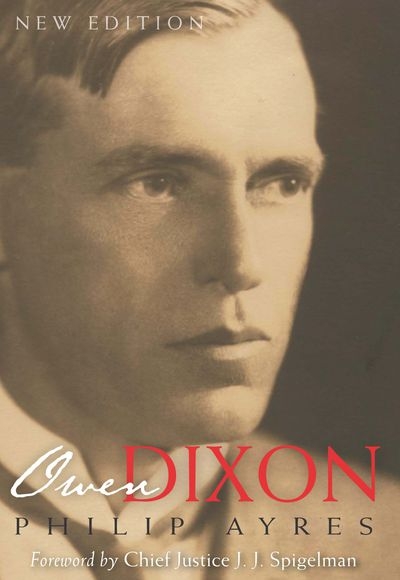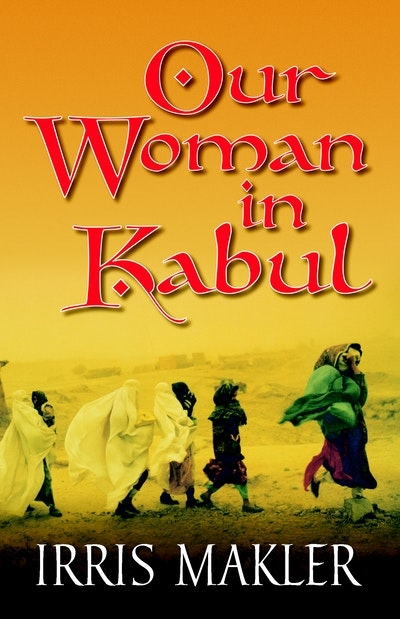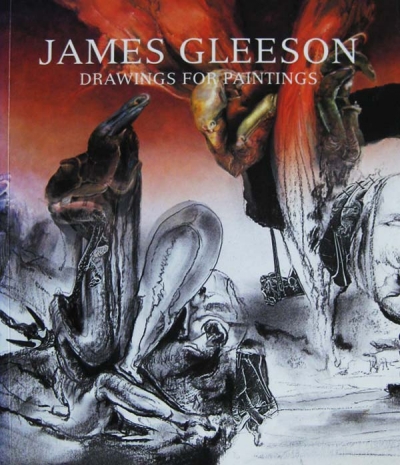Review
A Short History Of Indonesia: The Unlikely Nation? by Colin Brown
by John Monfries •
Master's Mates by Peter Corris & Kittyhawk Down by Garry Disher
by Don Anderson •
Summer Visit by Antigone Kefala & The Island/L’île/To Nisi by Antigone Kefala
by Stathis Gauntlett •
Turning off the Television by Jock Given & Media mania by Hugh Mackay
by Prue Torney-Parlicki •
James Gleeson: Drawings for paintings by Hendrik Kolenberg and Anne Ryan
by Daniel Thomas •
